Back when we walked to school uphill both ways (in the snow, naturally), our classroom supplies came with a healthy dose of risk that would send today’s safety coordinators into a panic. These were the days when a trip to the nurse’s office was considered character-building, and parents trusted that a few minor injuries were just part of getting a good education. Looking back, it’s amazing any of us made it through elementary school with all our fingers intact, but somehow these “dangerous” supplies taught us responsibility, careful handling, and the valuable lesson that actions have consequences – sometimes painful ones.
1. Metal Compass with the Sharp Point
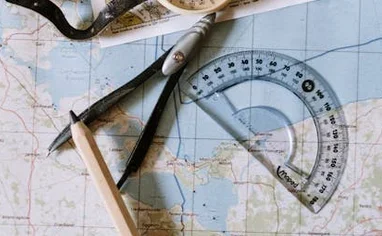
Every geometry set came with a metal compass that featured a genuinely sharp steel point designed to pierce paper and occasionally, a careless student’s finger. These weren’t the safety compasses with blunt tips that schools use today – these were legitimate drawing instruments that could double as impromptu tattoo needles if you weren’t paying attention. Teachers would hand them out to entire classrooms of fidgety kids without a second thought, trusting that we’d figure out how to use them without drawing blood.
The real danger came during those inevitable moments when someone would absent-mindedly spin the compass on their desk or use it to clean under their fingernails. More than one student learned about puncture wounds the hard way when they grabbed their compass carelessly from their pencil box. The metal construction meant these tools lasted for decades, getting passed down from sibling to sibling like dangerous family heirlooms that somehow made us all better at drawing perfect circles.
2. Real Glass Thermometers in Science Class
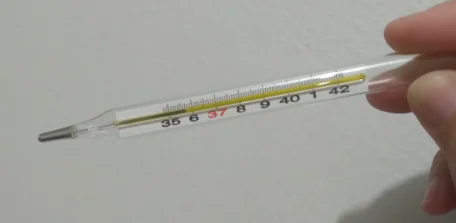
Science experiments in the ’60s and ’70s involved actual glass thermometers filled with real mercury, not the digital or alcohol-based versions that replaced them. These delicate instruments were handed out to students for everything from weather experiments to chemistry demonstrations, despite being filled with a toxic heavy metal that we now know can cause serious health problems. Teachers would casually mention not to break them, but inevitably someone would drop one during every semester, creating a small environmental hazard right there on the classroom floor.
When a mercury thermometer broke, the cleanup procedure was fascinatingly primitive by today’s standards – usually involving a janitor with a broom and dustpan rather than a hazmat team. The rolling silver beads of mercury were actually quite mesmerizing to watch, which made the cleanup process even more dangerous as curious students would gather around to observe. Schools continued using these thermometers well into the ’80s, apparently trusting that the educational value outweighed the potential for mercury poisoning.
3. Mimeograph Machine Fluid and Paper
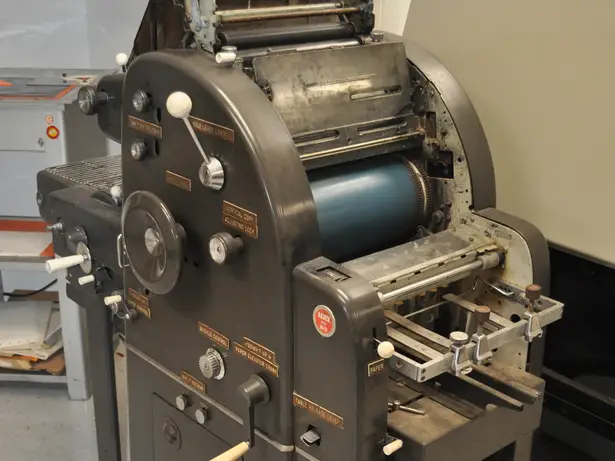
The ditto machine, or mimeograph, was every teacher’s best friend for making copies, but it required a special fluid that had a chemical smell so distinctive that generations of students can still identify it decades later. The purple-inked copies would come off the machine slightly damp with this solution, and students would immediately hold them up to their faces to inhale that intoxicating aroma. Nobody seemed particularly concerned that children were essentially huffing industrial chemicals as part of their daily routine.
The fluid used in these machines contained methanol and other solvents that would never be allowed near students today, yet teachers would operate the machines right in their classrooms while kids sat nearby. Students would often volunteer to help with the copying process, getting their hands covered in the chemical solution without any protective equipment. The fact that we all associated that chemical smell with learning and school activities probably says something disturbing about our collective exposure to potentially harmful substances.
4. Bunsen Burners in Junior High
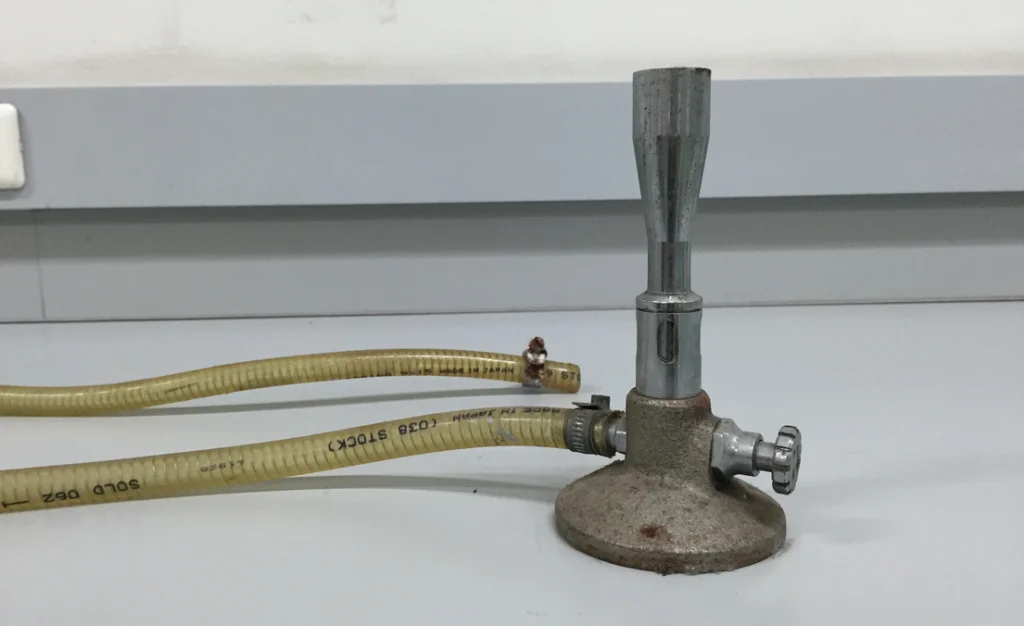
Seventh and eighth graders were routinely trusted with open flames in science class, using Bunsen burners for experiments that would make today’s insurance companies faint. These weren’t toy flames either – they burned hot enough to heat test tubes to boiling and could easily singe eyebrows or ignite loose clothing if students weren’t careful. Teachers would light up entire classrooms full of these burners, creating what was essentially a controlled fire hazard with a bunch of adolescents in charge of the controls.
The real adventure began when students had to light their own burners using matches or long-handled lighters, often while wearing loose sleeves or having long hair that wasn’t properly tied back. More than one student learned about fire safety the hard way when they leaned too close to adjust the flame or forgot to turn off the gas valve completely. The combination of open flames, curious teenagers, and various chemicals created learning opportunities that were both educational and occasionally explosive.
5. Real Dissection Tools
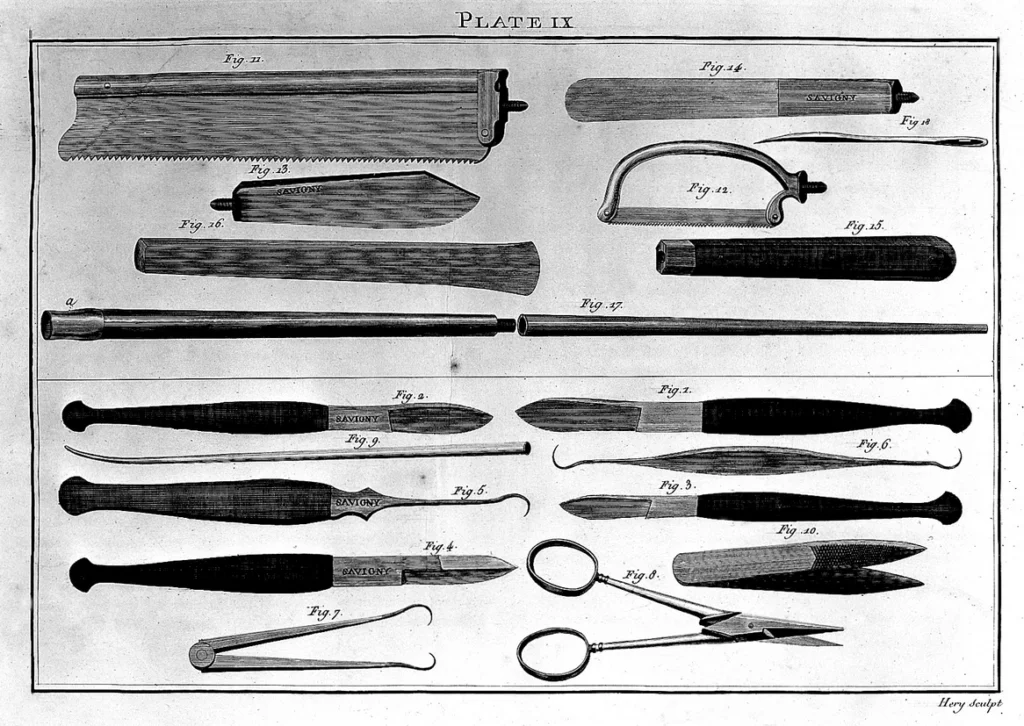
Biology classes handed out actual scalpels, scissors, and pins to students for dissecting everything from earthworms to fetal pigs, trusting that teenagers could handle sharp surgical instruments responsibly. These weren’t plastic safety tools – they were genuine dissection implements that could easily slice through more than just preserved specimens if handled carelessly. Students would joke about performing surgery on their lab partners, but the tools were sharp enough to make those jokes slightly concerning.
The combination of sharp instruments, preserved specimens in formaldehyde, and squeamish students created a perfect storm of potential accidents. More than one student discovered they had a weak stomach for dissection by fainting while holding a scalpel, creating additional safety hazards. Teachers would patrol the classroom trying to ensure everyone was cutting away from themselves, but with thirty students wielding sharp instruments simultaneously, accidents were bound to happen.
6. Metal Shop Class Equipment
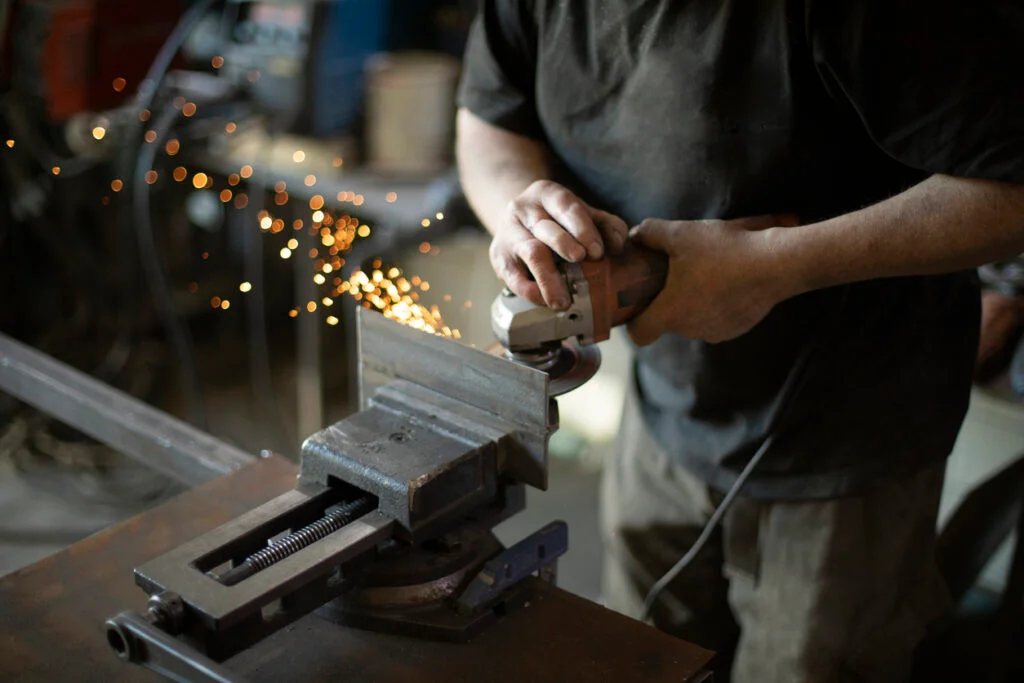
Wood shop and metal shop classes gave students access to power tools, welding equipment, and machinery that could remove fingers faster than you could say “safety first.” Band saws, drill presses, and grinding wheels were operated by kids who barely had driver’s licenses, often with minimal supervision once they’d received basic instruction. The fact that these classes existed in regular public schools rather than specialized trade schools shows just how different our approach to risk was back then.
Safety equipment in these classes was often limited to safety glasses and the occasional apron, with students wearing regular clothes and sneakers around equipment that could cause serious injury. The sound of the shop classes – metal grinding on metal, saws cutting through wood, hammers striking anvils – created a symphony of industrial danger that somehow seemed perfectly normal. Teachers would demonstrate proper technique once and then trust students to remember safety procedures while working on individual projects.
7. Chemistry Set Chemicals
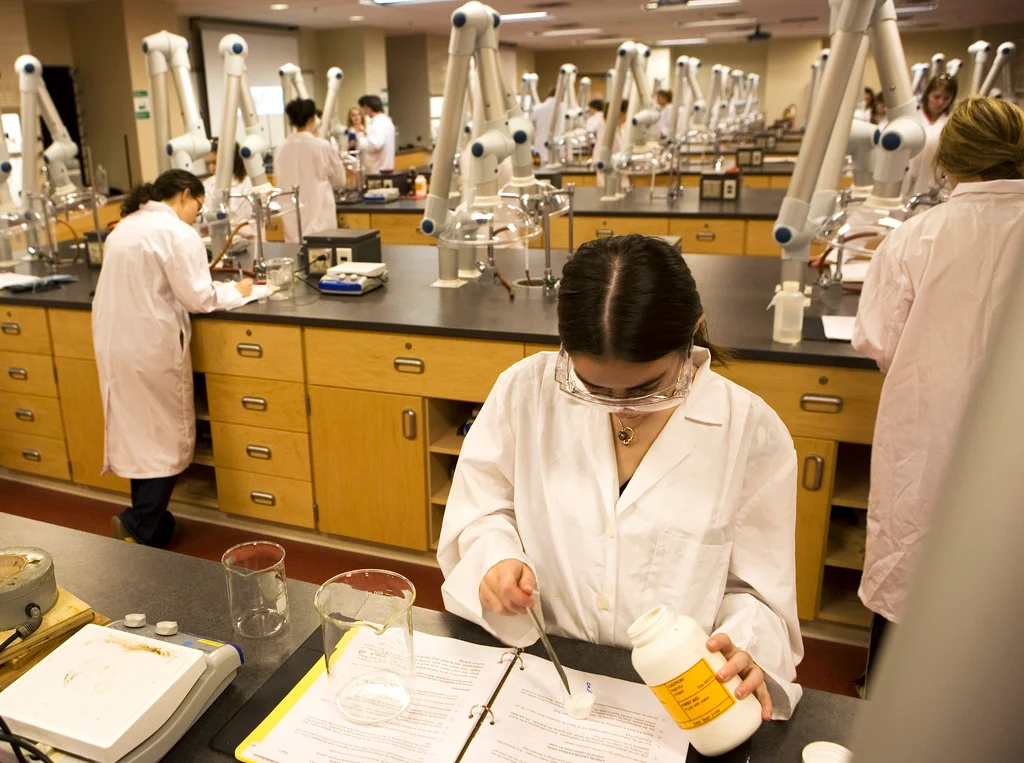
Home chemistry sets and school chemistry supplies included substances that would be classified as hazardous materials today, packaged in simple bottles with minimal safety warnings. Students had access to acids, bases, and various compounds that could cause chemical burns, toxic reactions, or small explosions if mixed incorrectly. The instruction manuals were surprisingly cavalier about safety, focusing more on the exciting reactions you could create than the potential for harm.
School chemistry stockrooms were filled with bottles of substances that required special handling and disposal, yet students would often be sent to retrieve chemicals for experiments without much guidance beyond “don’t drink it.” The combination of curious teenagers and potentially dangerous chemistry created learning experiences that were both educational and occasionally hazardous. Teachers seemed to operate under the assumption that a little danger made the lessons more memorable.
8. Slide Projectors with Hot Bulbs
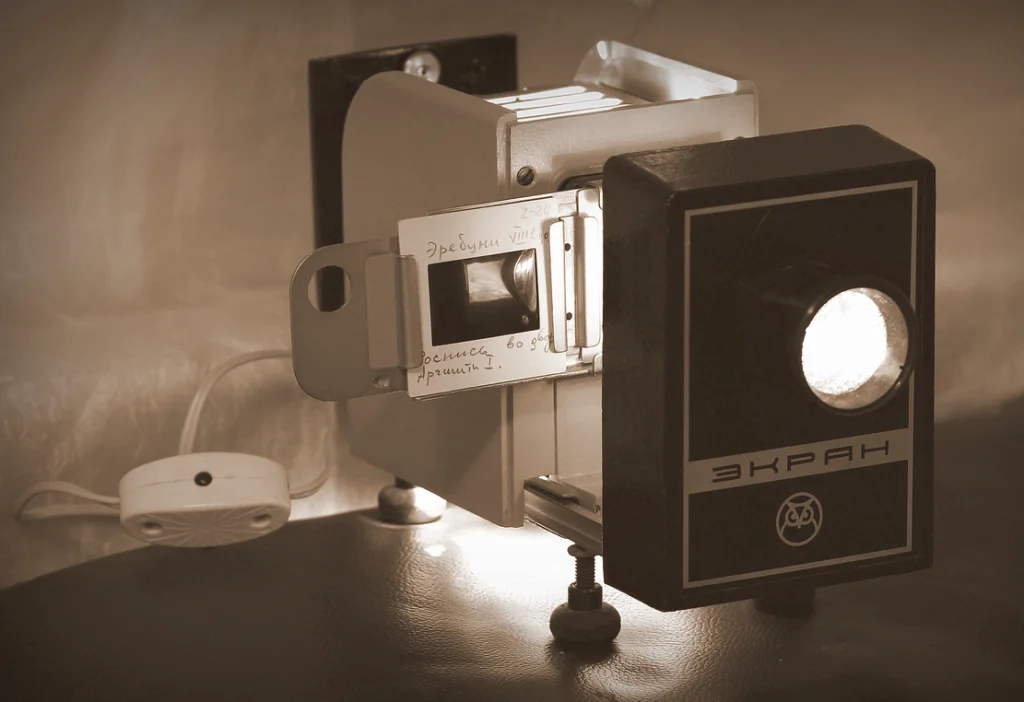
Every classroom had a slide projector with a bulb that burned hot enough to cause serious burns if touched, yet students were routinely asked to help operate these machines during presentations. The projectors would heat up significantly during use, and the area around the bulb housing became a serious burn hazard that everyone just learned to avoid. Teachers would casually mention not to touch the hot parts, then leave students to manage the equipment during their presentations.
Changing slides required reaching near the hot bulb housing, and more than one student learned about thermal burns when they accidentally brushed against the metal fixtures. The projectors also had a tendency to overheat and sometimes catch slides on fire, filling classrooms with the smell of burning plastic. Despite these obvious hazards, slide projectors remained standard classroom equipment well into the ’80s, apparently because the educational benefits outweighed the burn risks.
9. Paste That Actually Contained Chemicals
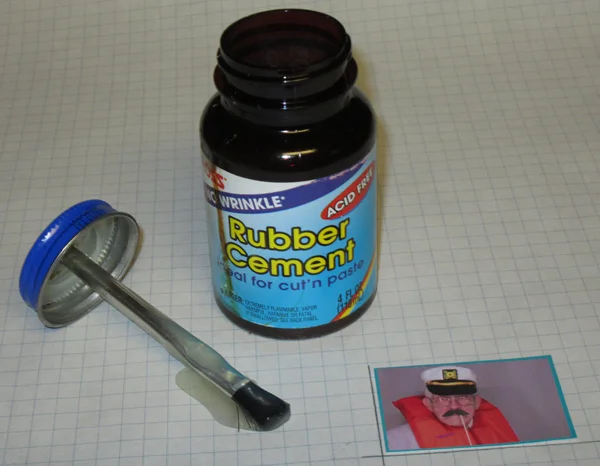
School paste came in those distinctive jars with the rubber applicators built into the lid, and contained actual chemical adhesives rather than the non-toxic alternatives used today. Students would inevitably get paste on their hands, faces, and occasionally in their mouths, ingesting substances that contained solvents and other compounds we now know aren’t safe for consumption. The paste had a distinctive smell that came from these chemical components, creating another example of students regularly exposed to potentially harmful substances.
Teachers would distribute paste jars to entire classrooms without gloves or other protective equipment, expecting students to handle these chemical adhesives as casually as crayons. The cleanup process involved washing hands with soap and water, but no one seemed particularly concerned about absorption through the skin or accidental ingestion. Art projects became exercises in chemical exposure, with students creating masterpieces while unknowingly handling hazardous materials.
10. Overhead Projector Heat
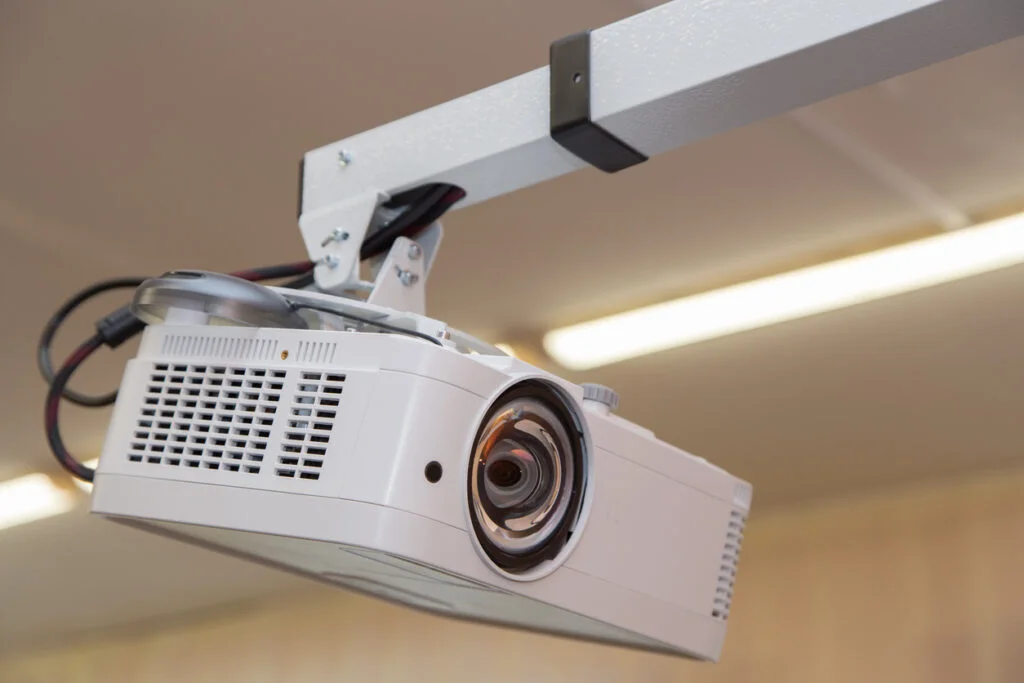
Overhead projectors generated tremendous heat from their powerful bulbs, creating burn hazards right there on the teacher’s desk where students would inevitably come into contact with them. The glass surface would become hot enough to cause burns, and the area around the projector would heat up significantly during extended use. Students helping with presentations would often reach across these hot surfaces without realizing the danger until they accidentally made contact.
Teachers would place transparencies on these scorching hot surfaces throughout the day, sometimes forgetting to warn students about the temperature when asking for help with classroom presentations. The combination of hot glass, powerful bulbs, and student helpers created regular opportunities for thermal injuries. Many students learned about heat transfer the hard way when they placed their hands on what looked like a simple glass surface.
11. Actual Pins and Needles for Bulletin Boards

Classroom bulletin boards were secured with genuine straight pins and push pins that were long enough and sharp enough to cause real injury if handled carelessly. Students would help teachers put up displays using these metal pins, often while standing on chairs or desks to reach higher areas. The combination of sharp objects, unstable footing, and eager student helpers created accident scenarios that would horrify today’s safety officers.
These weren’t safety pins with protective covers – they were actual straight pins that could easily puncture skin or get lost in carpeting where they’d create ongoing hazards. Students would often help take down bulletin board displays, handling dozens of sharp pins without protective equipment or careful supervision. More than a few students learned about puncture wounds while enthusiastically helping to redecorate their classrooms.
12. Ink Wells and Fountain Pens
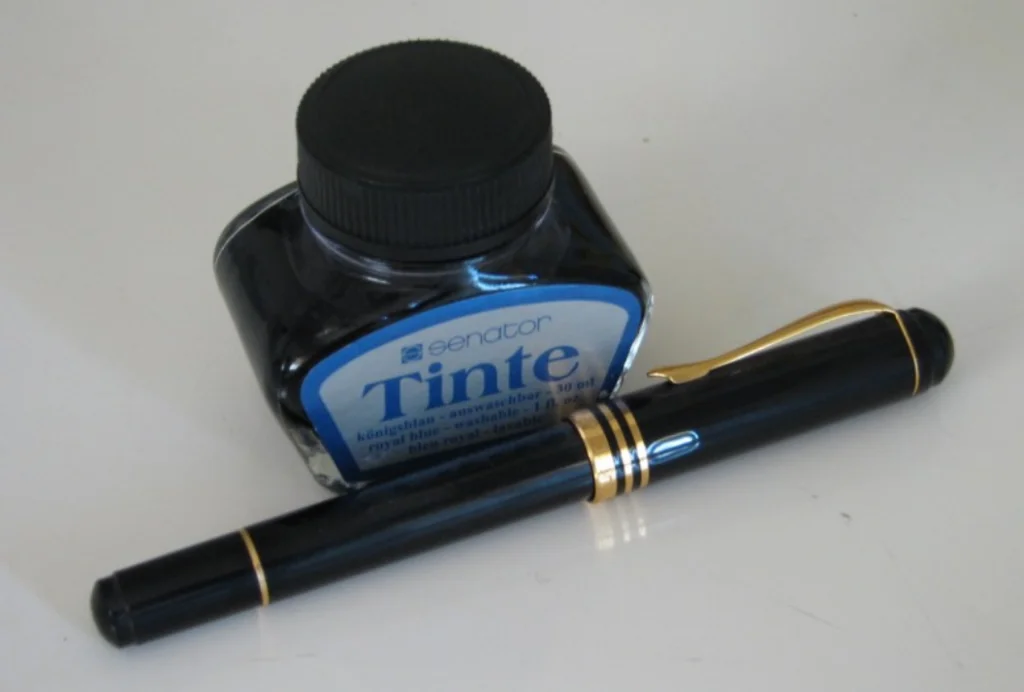
Back when penmanship was a serious subject, students used actual ink wells and fountain pens filled with genuine ink that could stain permanently and contained chemicals that weren’t meant for skin contact. The ink wells were small glass or ceramic containers filled with liquid ink that students would dip their pens into throughout their writing exercises. Spills were inevitable, creating permanent stains on clothing, desks, and occasionally skin.
The fountain pens themselves were potential hazards, with sharp metal nibs that could scratch or puncture if handled roughly, and internal mechanisms that could leak ink unexpectedly. Students would often get ink on their fingers and faces, absorbing whatever chemicals were used in the ink formulations of the era. The combination of sharp metal writing implements and chemical-laden ink turned every penmanship lesson into a minor hazmat situation that somehow seemed perfectly normal at the time.
Those were the days when education came with a healthy dose of risk, and somehow we all survived to tell the tales. Maybe learning to handle potentially dangerous materials taught us respect for tools and chemicals in ways that safety-first approaches can’t quite replicate. Looking back, it’s remarkable that our parents and teachers trusted us with these hazardous supplies, but perhaps that trust helped us develop the careful handling skills and common sense that kept most of us safe despite the risks.
This story 12 School Supplies from the ’60s and ’70s That Were More Than Slightly Dangerous was first published on Takes Me Back.


